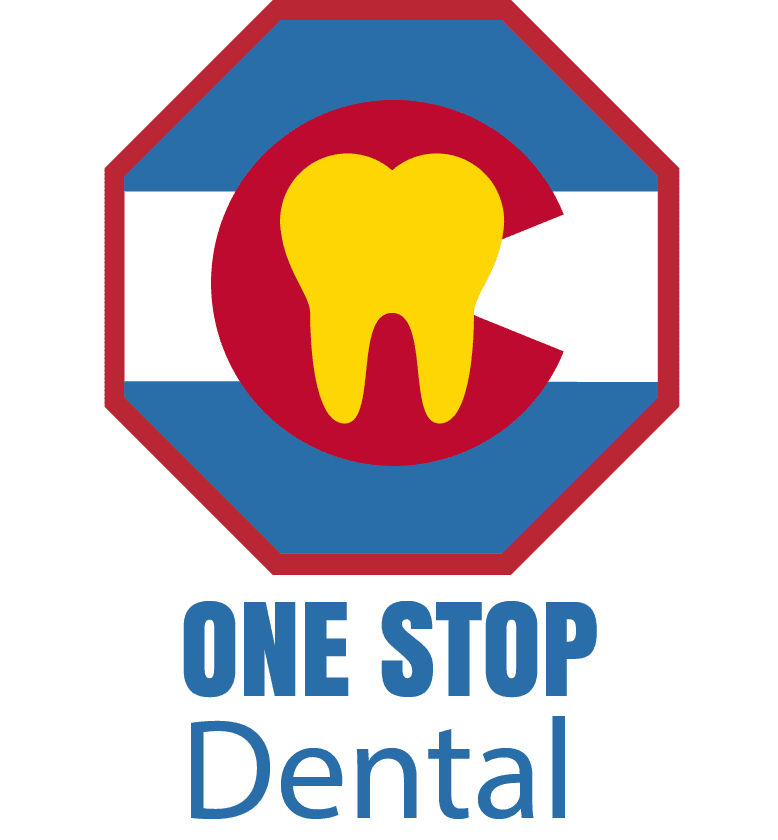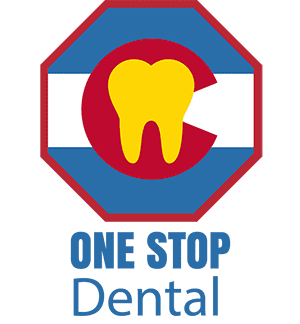Curious about the cost of dental crown with and without insurance? Understanding the financial implications can help you plan better, as prices vary significantly based on coverage and individual circumstances.
Cost of dental crown with and without insurance: Types of dental crowns
The cost of dental crown with and without insurance can vary significantly depending on the type of crown chosen. Common types include porcelain, ceramic, metal, and resin crowns. Porcelain and ceramic crowns are often preferred for their natural appearance, making them ideal for front teeth. Metal crowns, while more noticeable, are known for their durability and are typically used for molars. Resin crowns are generally less expensive but may not last as long as other types.
When considering the cost of dental crown with and without insurance, it’s important to understand that each type of crown has its own advantages and potential drawbacks. The choice of material can impact both the aesthetic outcome and the longevity of the crown. For more detailed information on procedures related to dental crowns, you can explore our guide on Dental crown procedure for front teeth: How it works and what it looks like.
Average cost of dental crowns
The cost of dental crown with and without insurance can vary significantly based on several factors, including the type of material used and the location of the dental practice. On average, the cost of a dental crown without insurance ranges from $800 to $3,000 per tooth. This price can fluctuate depending on whether the crown is made from porcelain, metal, or a combination of materials. With insurance, patients may find that their out-of-pocket expenses are reduced, but it’s essential to check with the insurance provider to understand the coverage details.
For those seeking more information on dental crowns and their costs, visiting a local dental practice can provide insights into specific pricing and options available. Understanding the cost of dental crown with and without insurance is crucial for budgeting and planning any necessary dental procedures. For more detailed information on this topic, you can explore Affordable Dental Crowns Colorado Springs.
Factors affecting crown cost
The cost of dental crown with and without insurance can vary significantly due to several factors. The type of material used for the crown, such as porcelain, metal, or a combination, plays a crucial role in determining the price. Geographic location also impacts costs, as dental services in urban areas may be more expensive than in rural settings. Additionally, the dentist’s experience and expertise can influence the overall expense. The complexity of the procedure and any additional treatments required, such as root canals or tooth extractions, can further affect the cost of dental crown with and without insurance.
Insurance Coverage for Crowns
When considering the cost of dental crown with and without insurance, it’s important to understand how insurance coverage can impact your expenses. Dental insurance plans often cover a portion of the cost for crowns, especially if they are deemed medically necessary. However, the extent of coverage can vary significantly depending on the specifics of your plan, such as deductibles, co-pays, and annual maximums. Some plans may cover a higher percentage for basic procedures, while others might offer more comprehensive coverage for major restorative work like crowns. It’s crucial to review your policy details to determine what portion of the cost will be covered and what you might need to pay out-of-pocket. For more information on dental services, visit One Stop Dental, your trusted Colorado Springs Dentist.
Out-of-pocket expenses
When considering the cost of dental crown with and without insurance, it’s important to understand the potential out-of-pocket expenses involved. Without insurance, the cost of a dental crown can vary significantly depending on factors such as the material used and the dentist’s location. Patients may find themselves paying the full price, which can range from several hundred to a few thousand dollars. With insurance, out-of-pocket expenses are typically reduced, as many dental plans cover a portion of the cost, though patients are often responsible for co-pays or deductibles. Understanding these expenses is crucial for budgeting and financial planning when undergoing dental procedures.
Comparing Costs by Location
The cost of dental crown with and without insurance can vary significantly depending on your geographical location. In urban areas, where the cost of living is generally higher, you might find that dental procedures, including crowns, are priced at a premium. Conversely, in rural or less populated regions, the cost of dental crown with and without insurance may be more affordable due to lower overhead costs for dental practices. This variation highlights the importance of considering location when evaluating the overall expense of dental care.
Payment plans and financing
When considering the cost of a dental crown with and without insurance, many individuals explore payment plans and financing options to manage expenses. These financial arrangements can help spread out the cost over time, making it more manageable for those who may not have immediate access to the full amount required for the procedure. Whether you have insurance or not, understanding the available payment options can be crucial in planning for the dental care you need.
Cost differences by material
The cost of dental crown with and without insurance can vary significantly depending on the material used. Porcelain crowns, known for their natural appearance, tend to be more expensive than metal crowns, which are durable but less aesthetically pleasing. Ceramic crowns offer a balance between appearance and strength, often priced between porcelain and metal options. Resin crowns are generally the most affordable but may not last as long. Understanding these cost differences by material is crucial when considering the overall cost of dental crown with and without insurance.
Long-term Costs and Maintenance
When considering the cost of dental crown with and without insurance, it’s important to factor in the long-term costs and maintenance associated with dental crowns. Over time, crowns may require adjustments or replacements due to wear and tear, which can add to the overall expense. Regular dental check-ups are essential to ensure the longevity of the crown, and any potential issues can lead to additional costs. Whether you have insurance or not, understanding these long-term financial commitments is crucial for budgeting and maintaining oral health.
Conclusion
Understanding the cost of dental crown with and without insurance is crucial for making informed decisions about your dental care. For more information, call us at 719-447-1199 or check out our Google Maps reviews.


